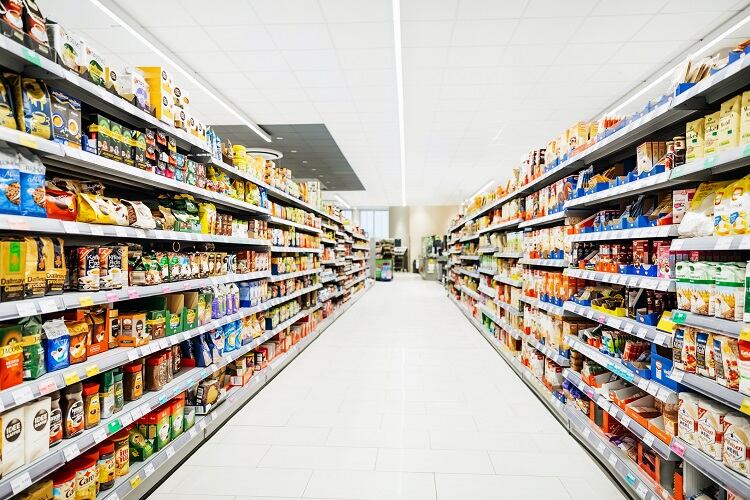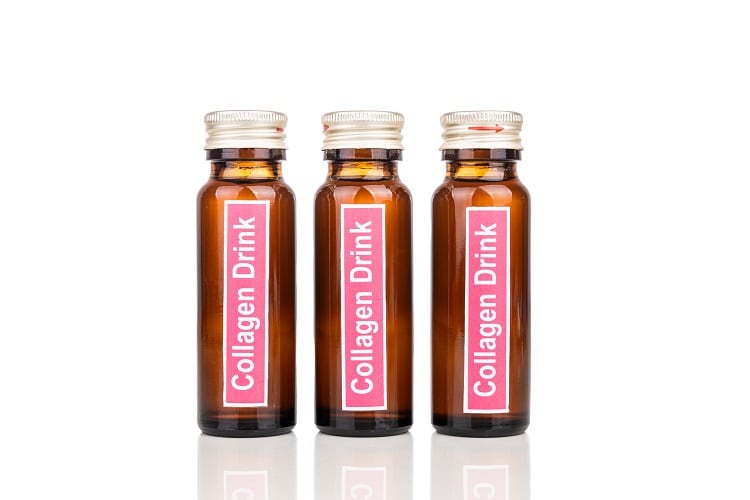The food and beverage industry is constantly changing, with trends coming and going through the revolving door of consumer tastes. But some trends have more staying power than others, and health and wellbeing is most definitely one of them.
But what trends are proving most popular within health and wellbeing, and how are they influencing consumer behaviour?
The first, and arguably most popular, health and wellbeing sub-trend is gut health.

Gut health
Gut health is one of the most powerful trends to hit food and beverage in the past decade. Such is its dominance, that the global digestive health products market is now valued at 51.62 billion USD, and is projected to grow at a CAGR of 8.3% over the next five years, according to Grand View Research.
“Gut health really is an important area within food and drink, particularly functional food and drink,” says Rick Miller, associate director for specialised nutrition at Mintel.
So, how has gut health gone from a subject discussed primarily by doctors and dieticians to one of the most influential forces in food and beverage? The answer is the rise in consumer understanding of the importance of the gut microbiome, with Innova Market Insights finding that two in three consumers now recognise gut health as key to overall wellbeing.

Ultra-processed foods (UPF)
Ultra-processed foods have received a barrage of bad press over the past year, reaching crisis point with the publication of a WHO report, which likened their consumption to smoking and drinking alcohol.
And these negative associations have had a major impact on consumer opinion, with a study from EIT Food Consumer Observatory finding that 65% of consumers believe ultra-processed foods (UPF) to be damaging to their health. The study was conducted in response to the fact that, although ultra-processed foods make up a large part of consumer diets across Europe, there is still widespread confusion and distrust about what foods are classified as ultra processed and what ultra processed really means.
And this is, unsurprisingly, having an impact on consumer behaviour, with Mintel predicting increased demand for less-processed foods to grow over the next decade.
The subject of ultra-processed foods is extremely complex and is one that consumers are only really now beginning to engage with, posing a big challenge for food and beverage manufacturers.
“There is a wide and confusing array of information on ultra-processed food, some of which is conflicting and some that is simply misinformation. To compound this issue, there is no sector-wide consensus on what foods constitute as UPF, how to include UPF into a balanced diet, and what processing levels relate to the overall healthiness of a product. This is leaving consumers without the information they need on which foods are healthy and which they should avoid, preventing them from making informed choices,” Klaus Grunert, professor at Denmark’s Aarhus University and director of the EIT Food Consumer Observatory told FoodNavigator.
And on the subject of healthy eating, it appears that the once-powerful weight-loss trend is returning.

Weight management
Weight management is a trend, which dominated food and beverage through the 1980s, 1990s and early 2000s, with messaging focussed heavily on weight loss. Meal-replacement drinks and low-fat foods filled the supermarket aisles and being ‘skinny’ was regarded as ultimate aim for consumers. But that all changed in the 2010s with the rise of the body positivity movement, celebrating bodies of all shapes and sizes.
However, the pendulum appears to be swinging back towards a focus on weight loss, with the rise of GLP-1 drugs, such as Ozempic and Wegovy. And this shift is having a major impact on food and beverage as brands are working fast to produce products, which complement the new style of eating.
Earlier this year, food and beverage giant Nestlé announced it was launching a new line of high-fibre, protein-packed foods, specifically intended to act as a ‘companion’ for GLP-1 weight loss medication users. Called Vital Pursuit, the frozen meals range is ‘portion-aligned’ to reflect the reduced appetite of users, is high in protein, and contains vitamin A, potassium, calcium or iron. There are also gluten-free options, and some air-fryer ready items.
So, while consumers may have had a respite from weight-loss messaging, it appears to be back and could be stronger than ever.
But while some are focussing on reducing food intake, others are focussing more on nutrients and the affordability of nutrient-rich foods.

Affordable Nutrition
Cost remains a major barrier to the adoption of a nutritious diet.
“Cost is becoming an increasing concern - and barrier - for European consumers to access sustainable and healthy food,” said Giulia Riedo, agriculture and sustainable food officer, at the World Wildlife Fund (WWF).
Furthermore, figures from Our World in Data show that three billion people globally cannot afford a healthy diet. It cites the current affordability of a ‘calorie sufficient’ diet versus the high cost of a healthy, nutritious one.
As a result of this, food and beverage brands are increasingly working to reformulate their products to make them more nutritious, without raising prices.
“Food reformulation can contribute to ensuring access to safe and nutritious food for all,” said a spokesperson for the WHO.
This is proving popular with consumers as it allows them to enjoy the same products they always have, but with the added benefit of being healthier.
“We need to meet consumers where they are, with the foods they’re consuming,” says PepsiCo’s O’Shea. “Most of us are creatures of habit. We don’t like big changes and it’s often not feasible for us to make many changes to our diet. So, when we tackle existing foods that are being consumed at scale, and improve them, we can really have an enormous impact.”
It’s also a win for manufacturers as they avoid the risk of losing consumers to other, healthier, alternatives.
Leading on from this, one particular nutrient is proving increasingly popular with consumers, and that’s collagen.

Collagen
Collagen-infused products is the newest health trend to hit food and beverage, with a sharp rise in products such as collagen coffee, launched to the market this year alone.
And such is the power of this emerging trend, the collagen market is now valued at 5.1 billion USD and is estimated to reach 7.4 billion USD by 2030, according to Markets and Markets.
According to Mintel, products containing collagen are currently being targeted towards people in their twenties, thirties, and forties. However, this is likely to change, as the benefits of collagen, including increased muscle mass, prevention of bone loss and improvement of skin health, lead more consumers to seek out these products.




